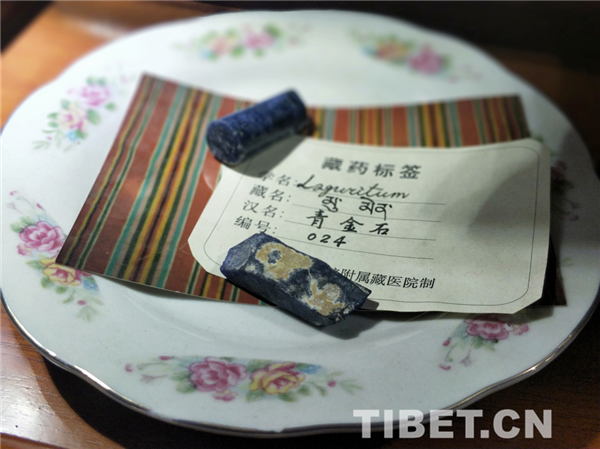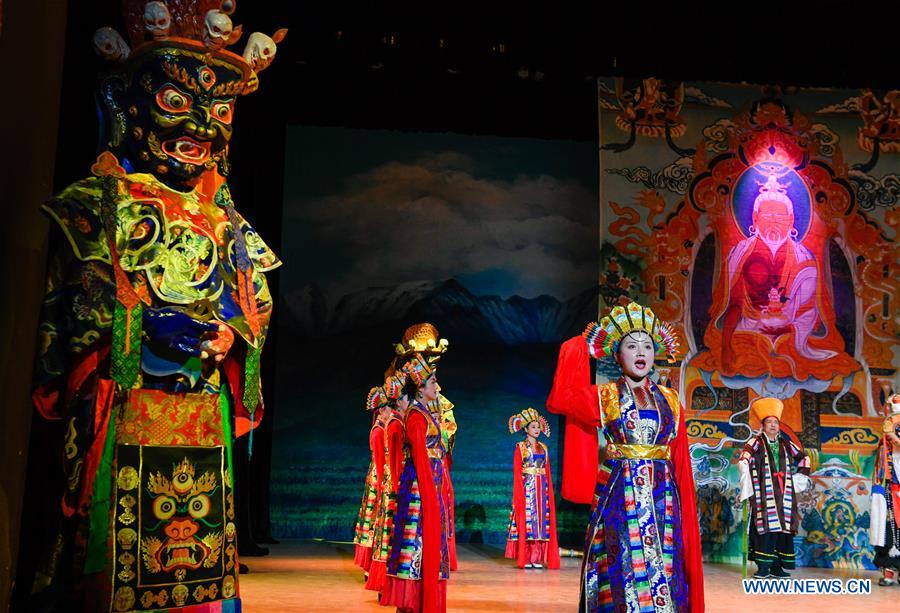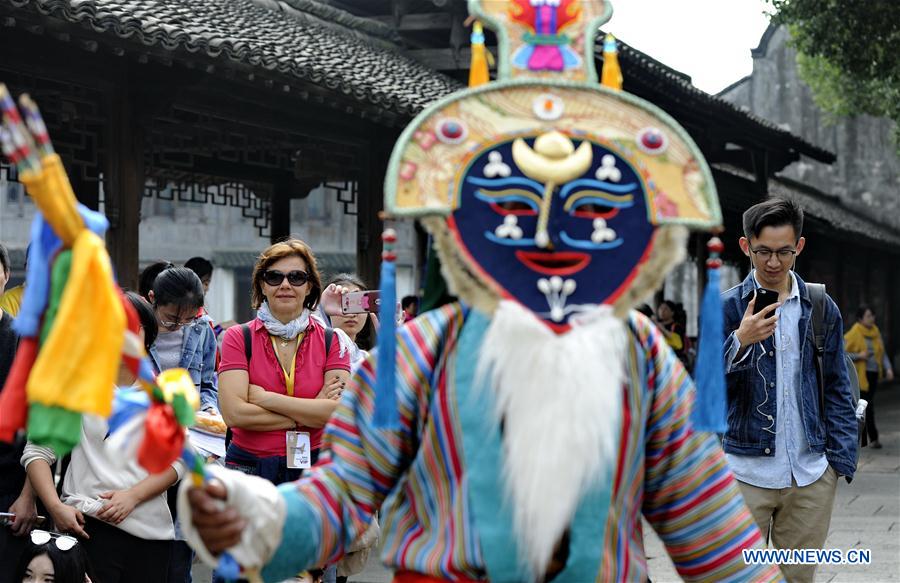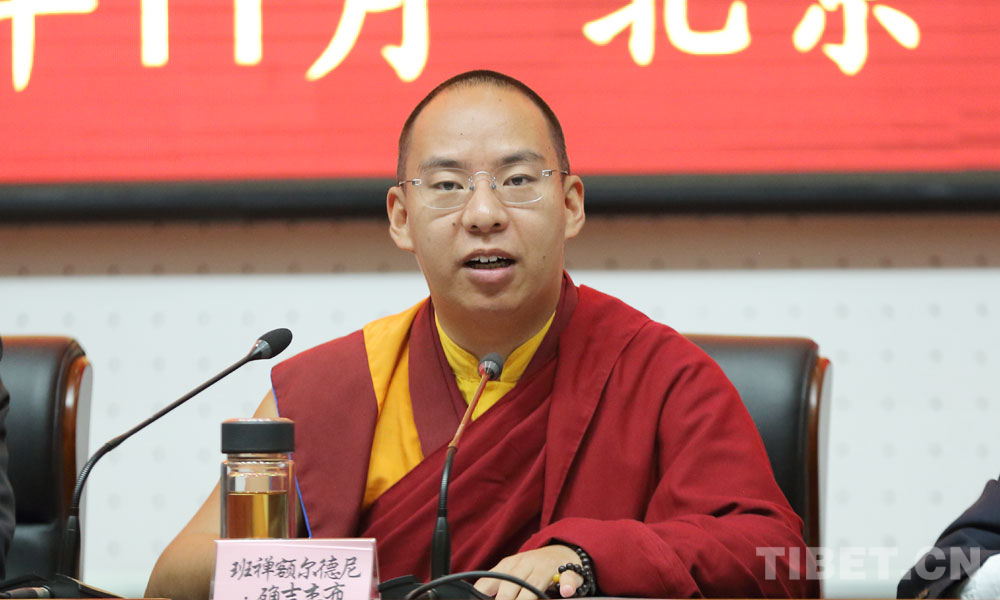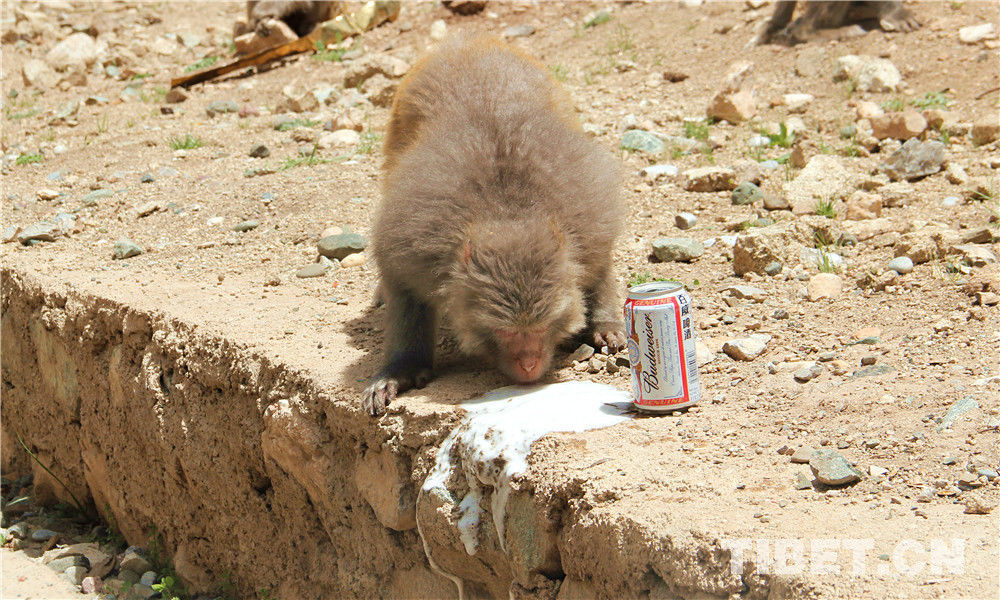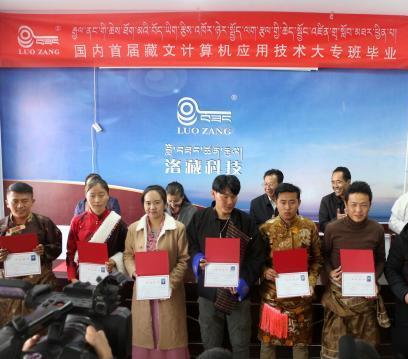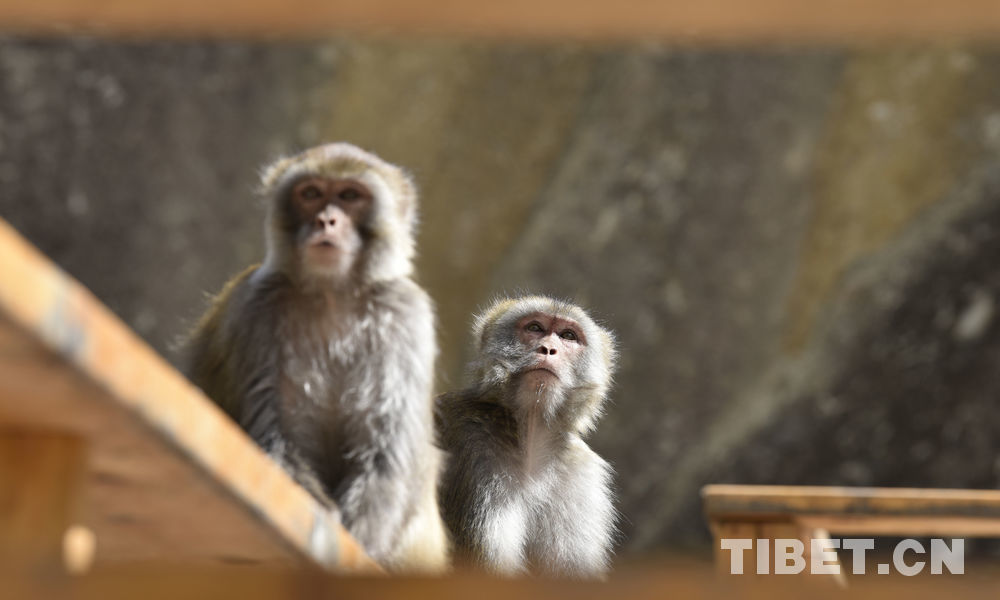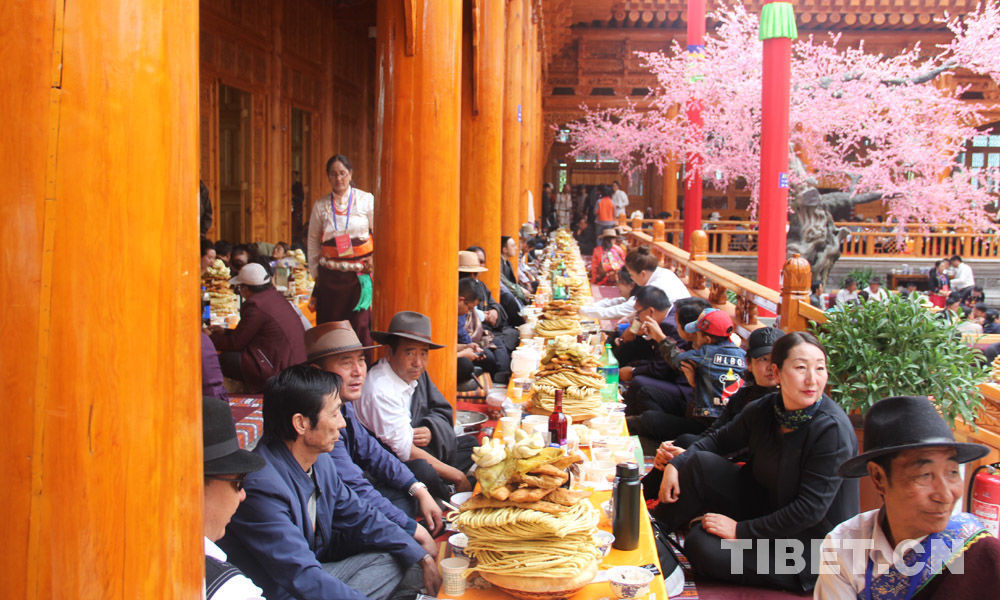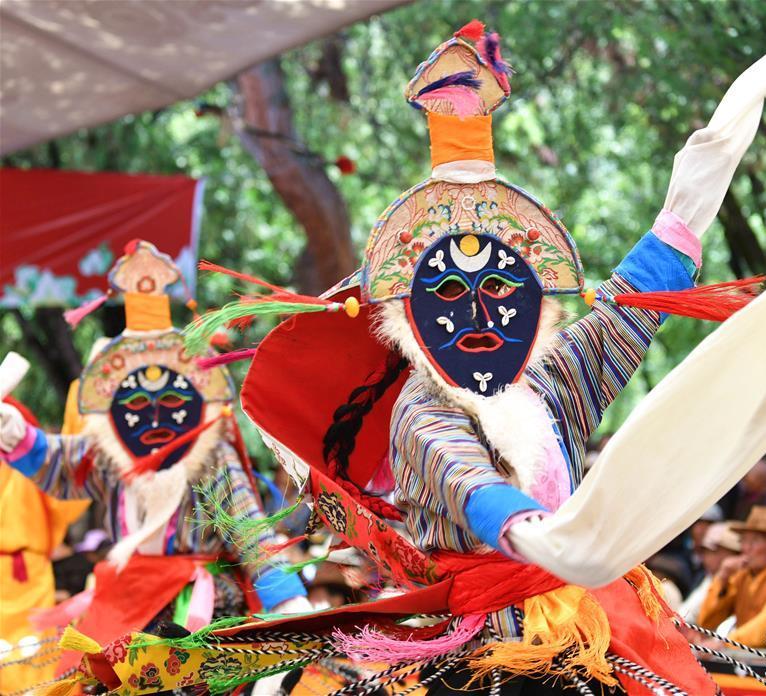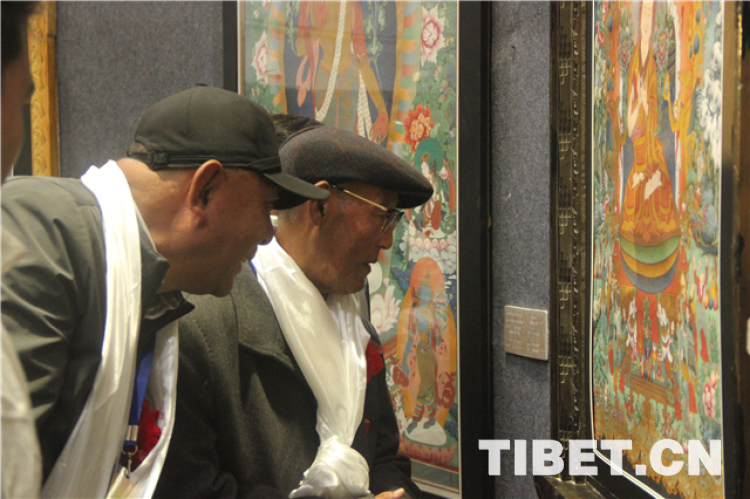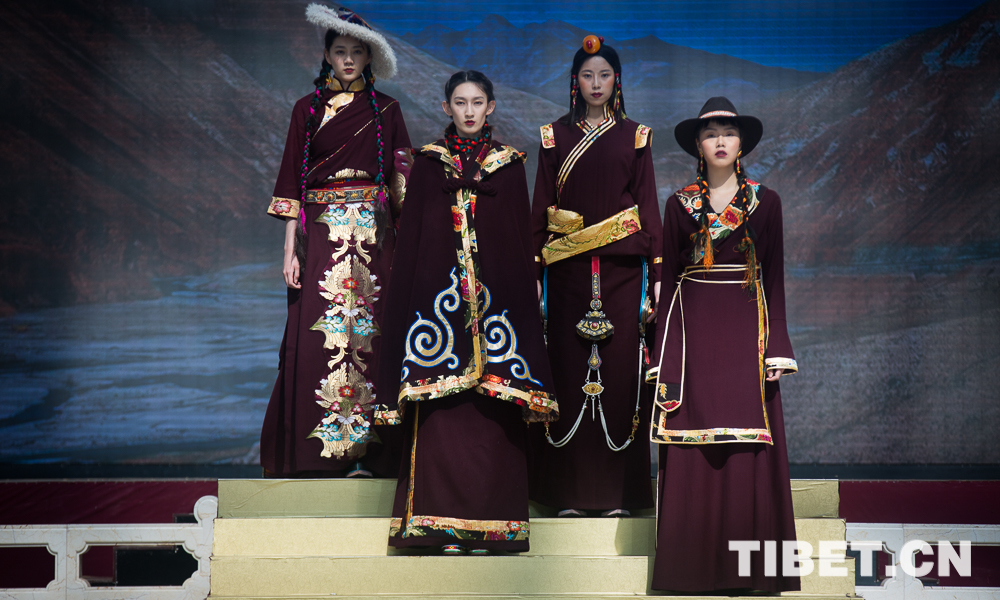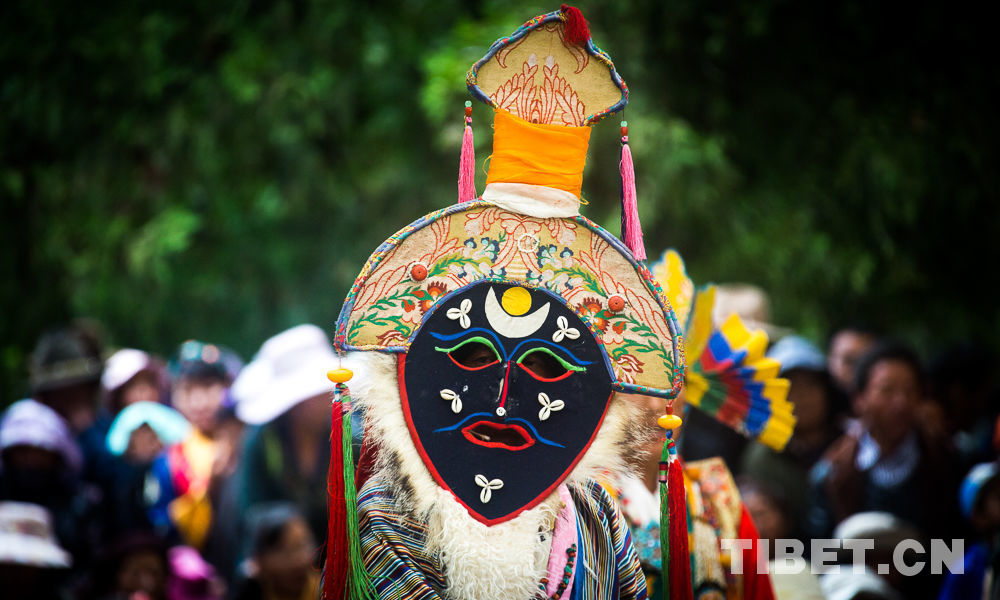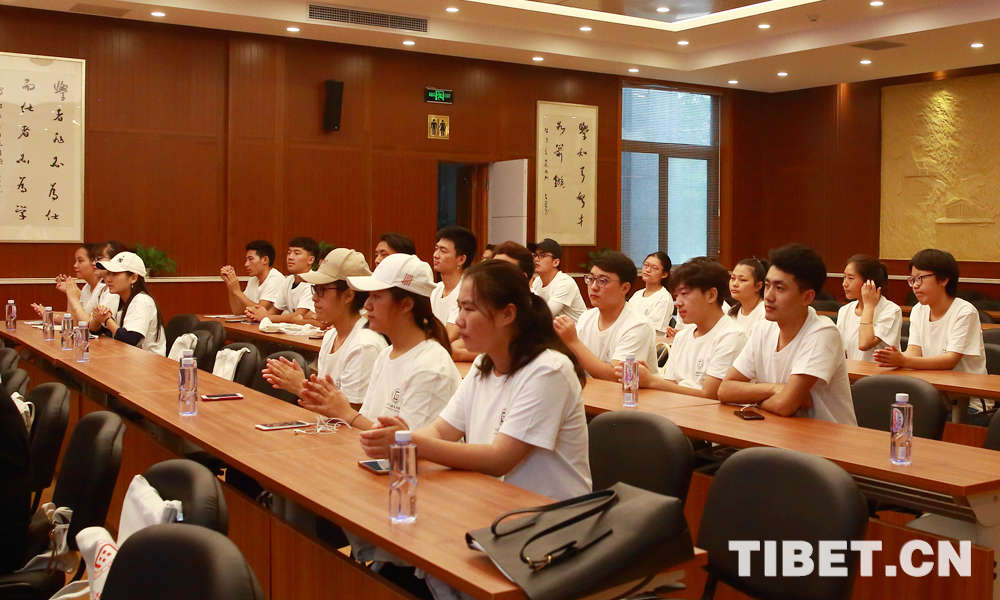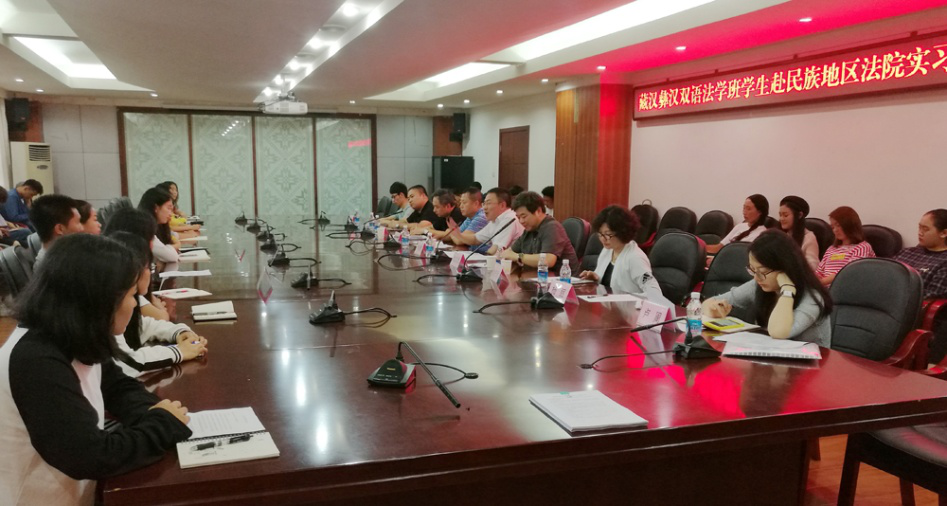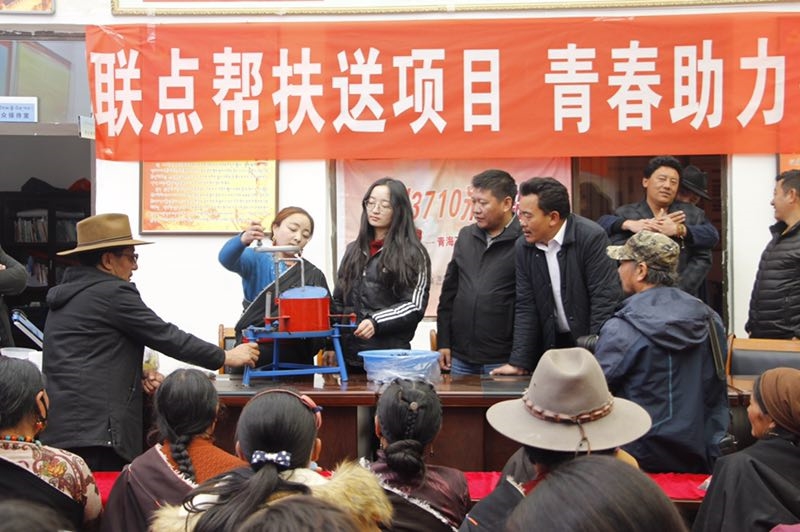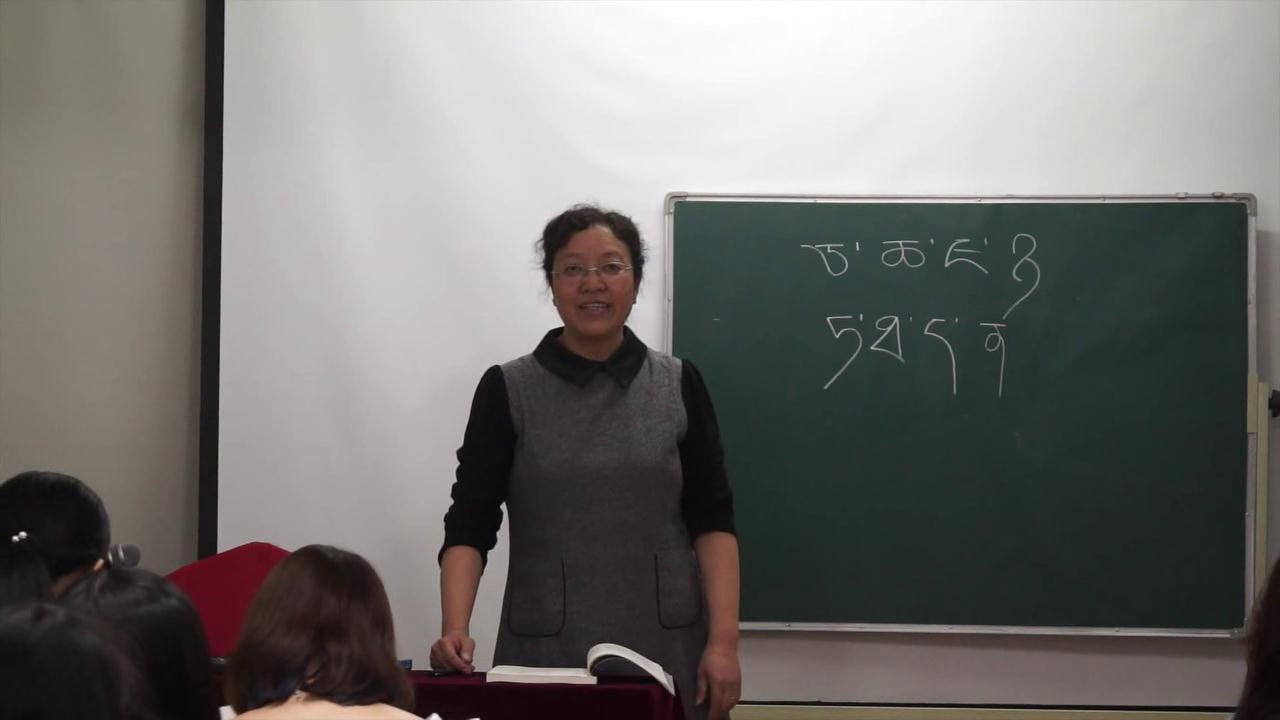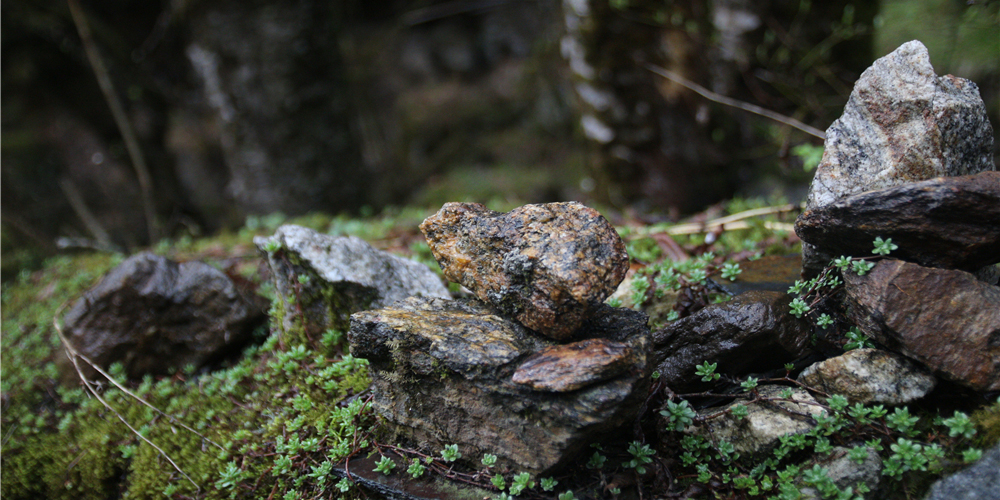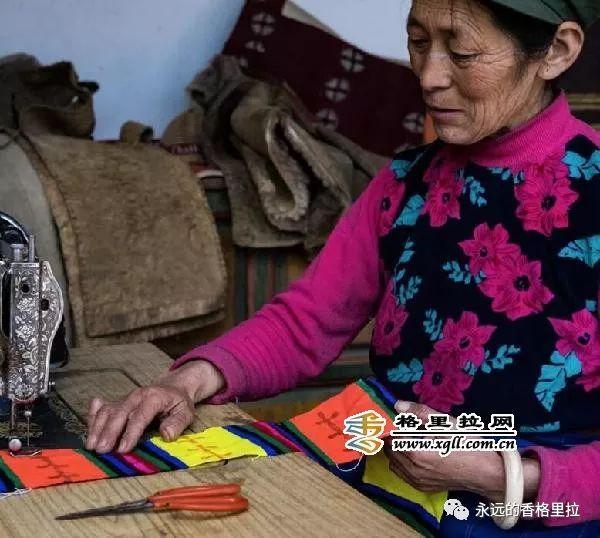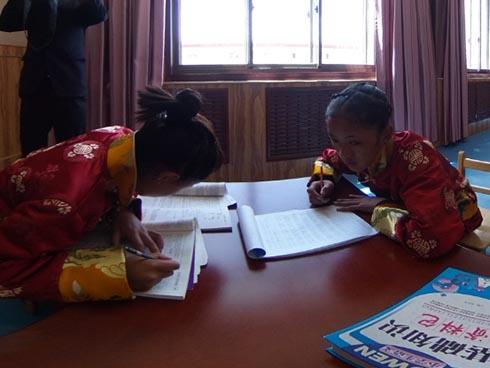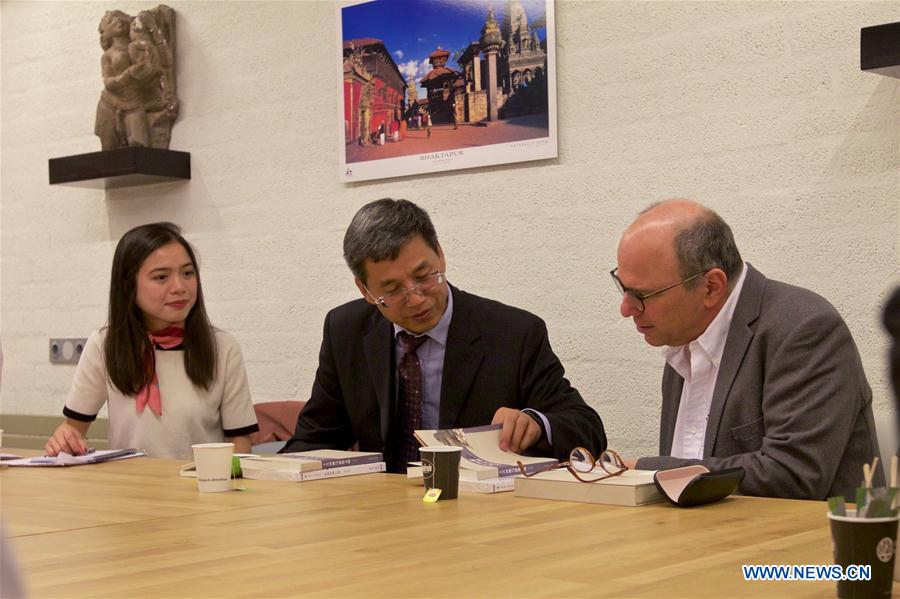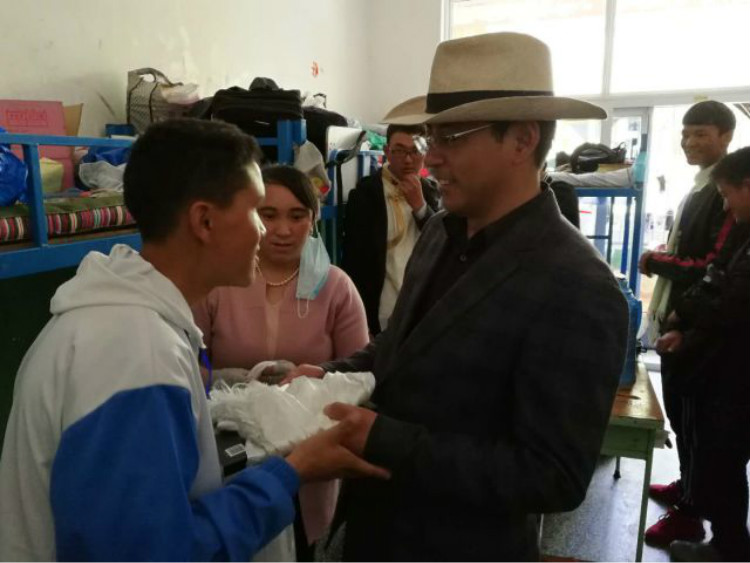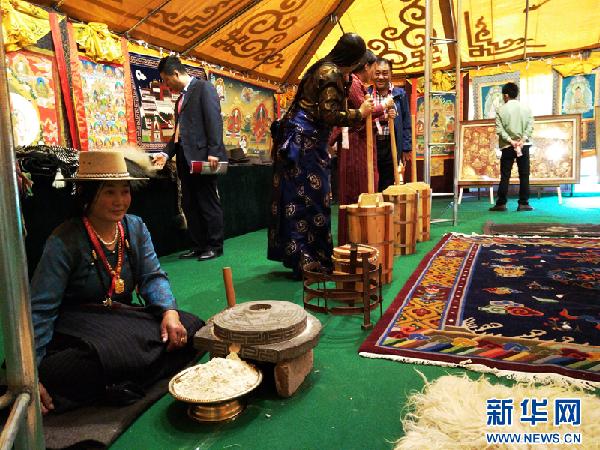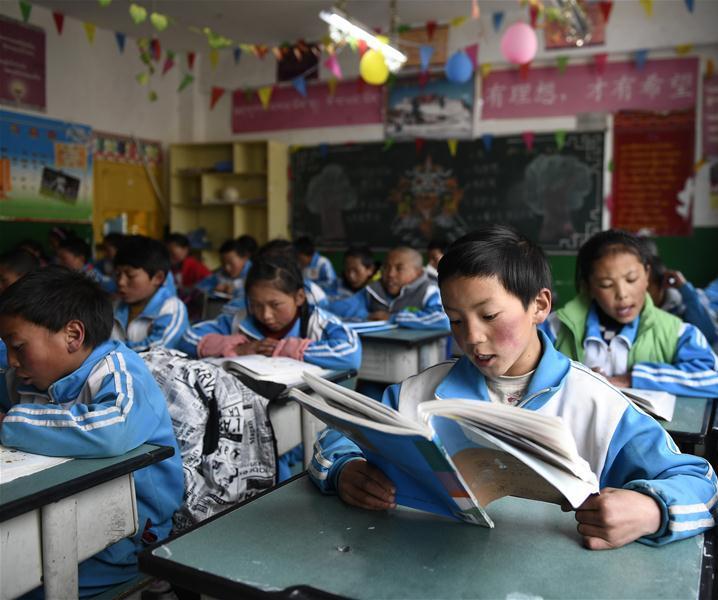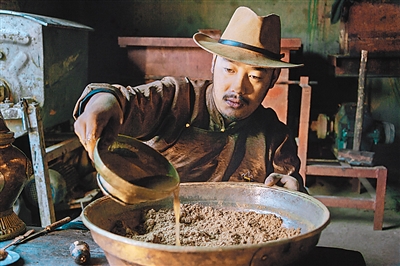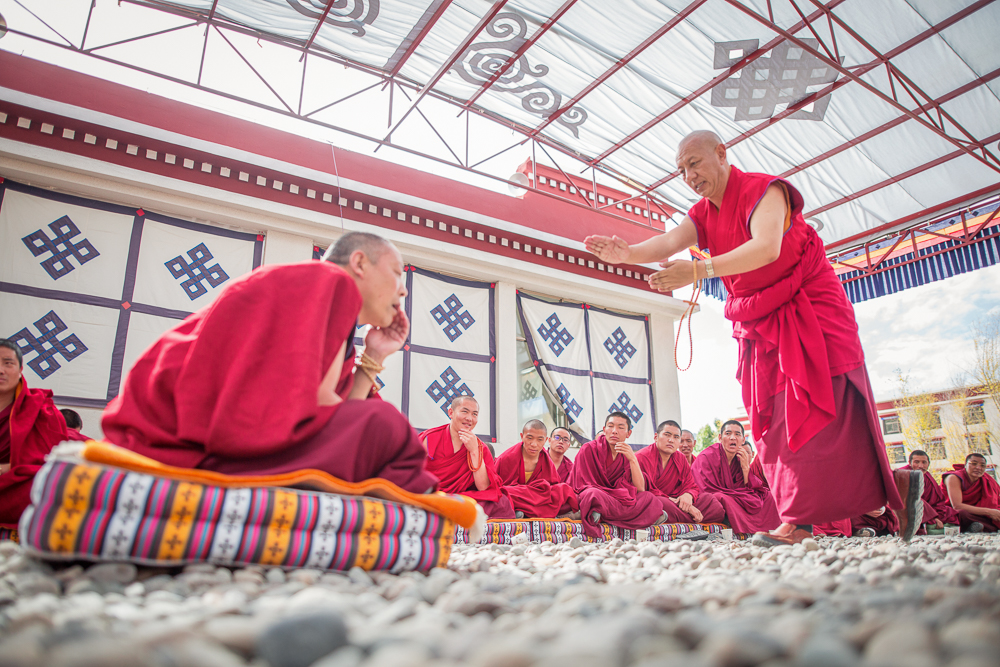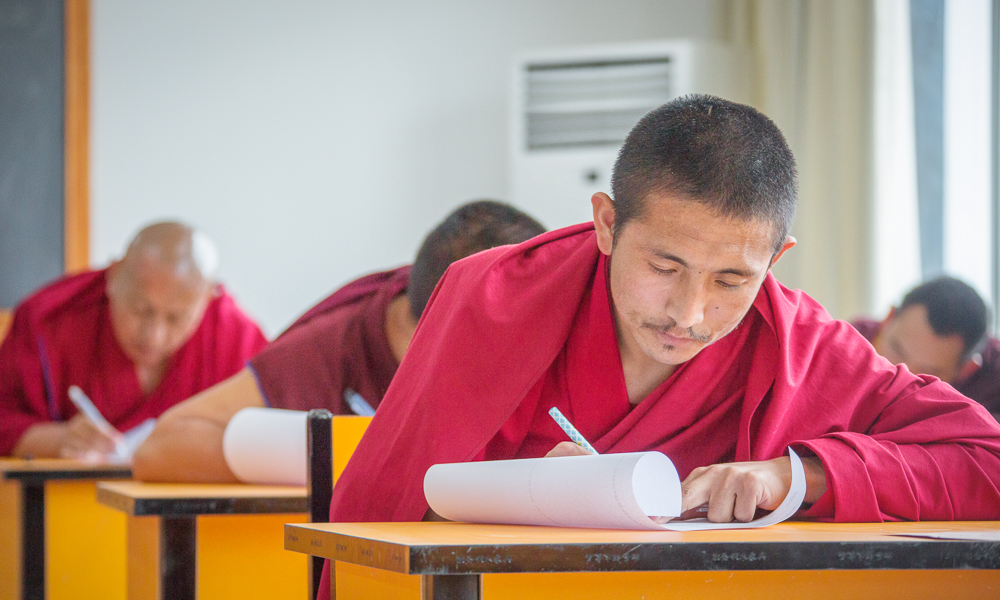Tibetan calligraphy enjoys growth
The earliest version of ancient Tibetan character appeared in the Zhangzhung period, when there were multiple styles of the calligraphy. After scholar Tome Sambozha reformed and standardized it during the Tubo period in the 7th century, around one hundred Tibetan calligraphers were active.
Currently, Tibetan calligraphy has been popularized to the greater farming and herding regions, as well as rural areas. Calligraphy talents can be found among all professions of society. In the 1980s, the Tibetan Calligraphy Association was officially established, and its members come from all sectors of society, and all are contributing to the craft.
In 2008, Tibetan calligraphy was added to the 2nd group of China’s National Intangible Cultural Heritage Index. More and more people have been studying Tibetan calligraphy, and Tibetan calligraphy has even become one curriculum of many elementary schools in Tibet.
Tibet Stories

The Tibetan prince of music: Derge Yer
Derge Yer is a Tibetan singer from Guinan County of Hainan Tibetan Autonomous Prefecture in ...
Latest News
- S.Korea, DPRK agree to conduct joint railway inspection
- Angry over cutbacks, Trump threatens to end subsidies to GM
- Trump backs use of 'very safe' tear gas on crowd of migrants
- UN chief concerned over incident involving Ukrainian, Russian vessels
- Ukrainian martial law may cause escalation of tensions in Donbass: Kremlin
